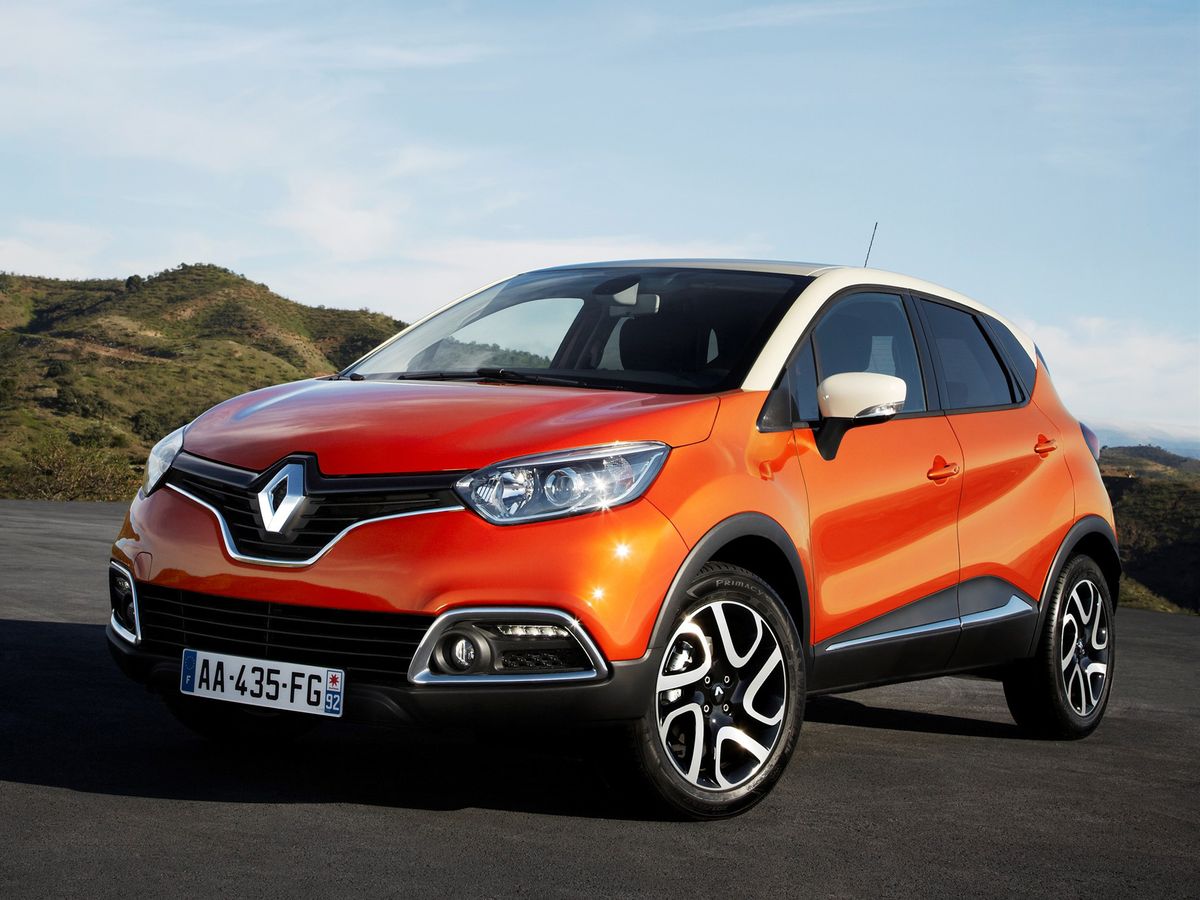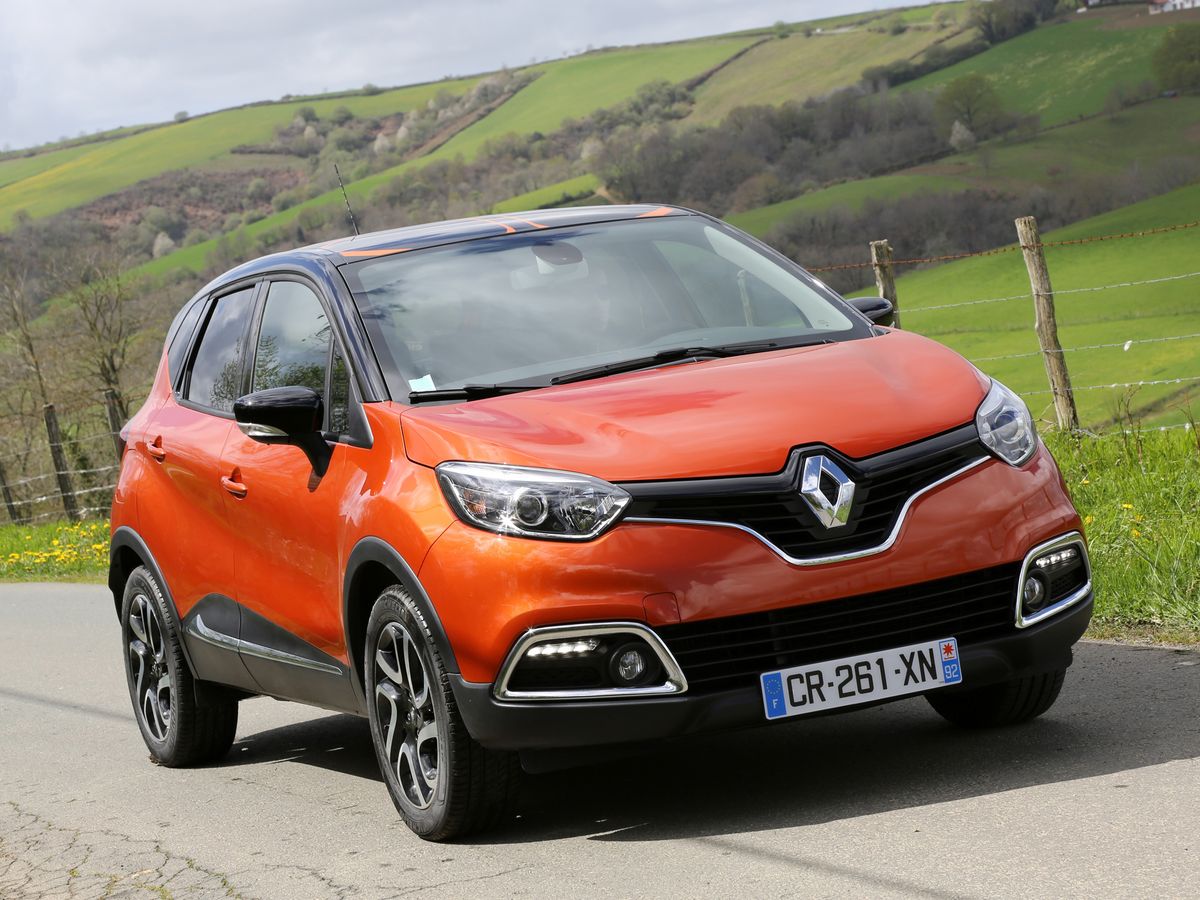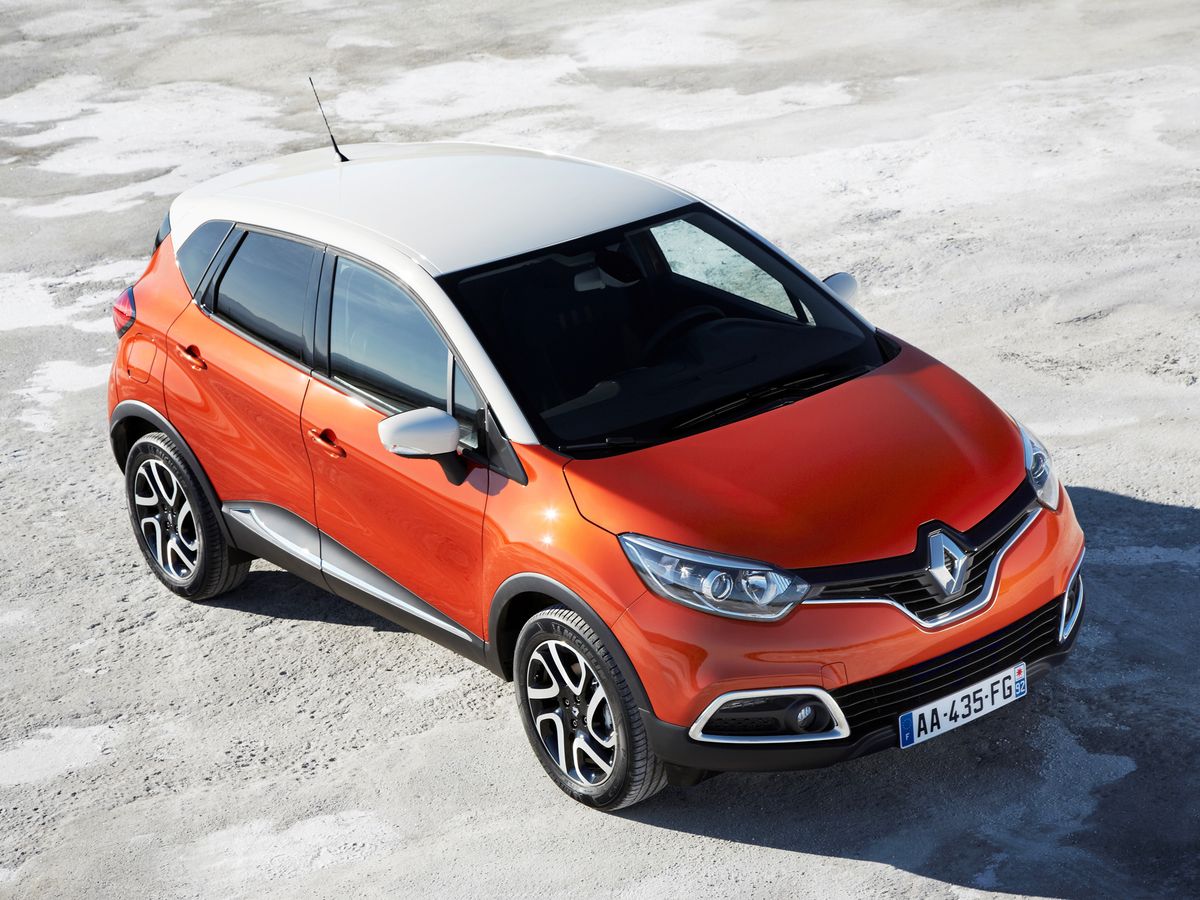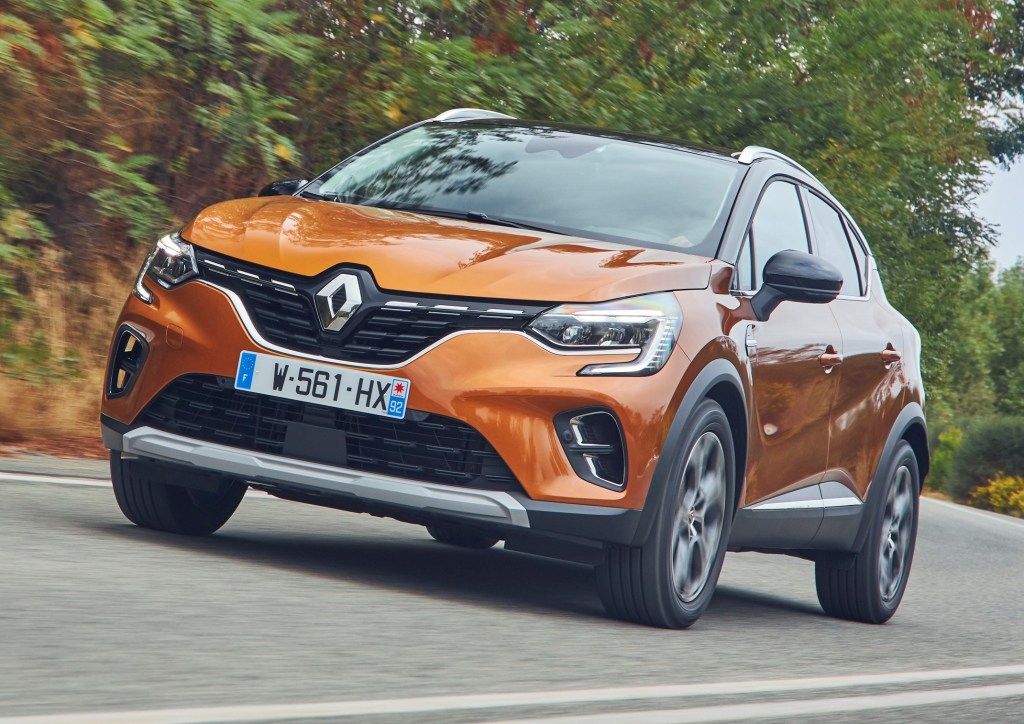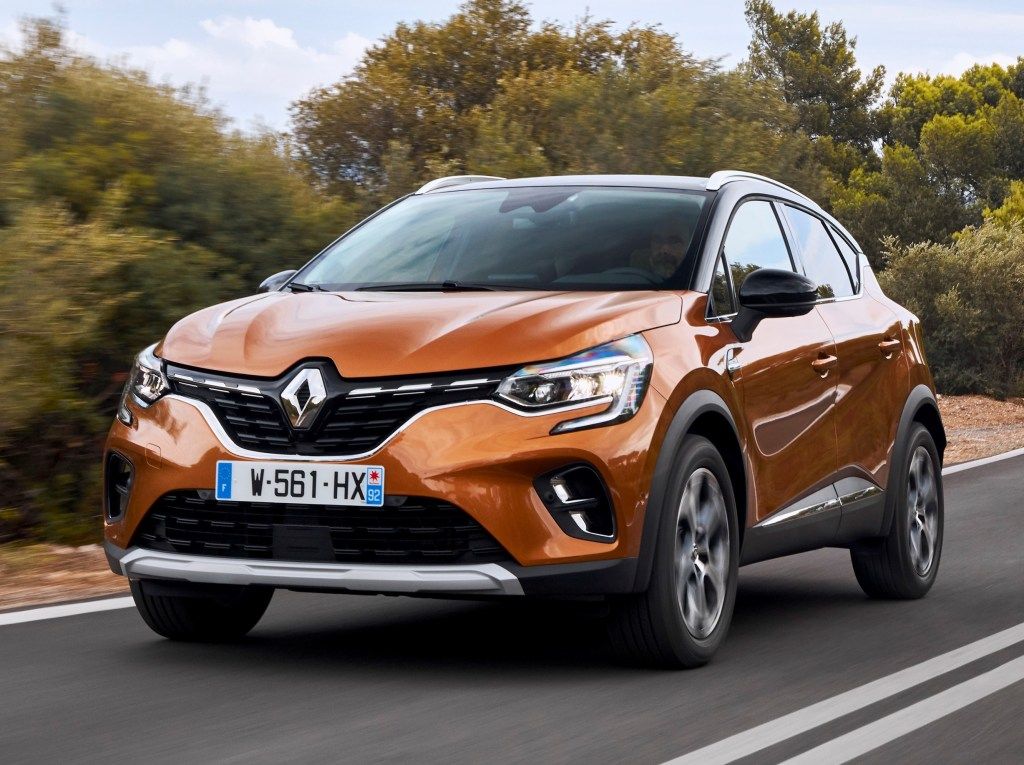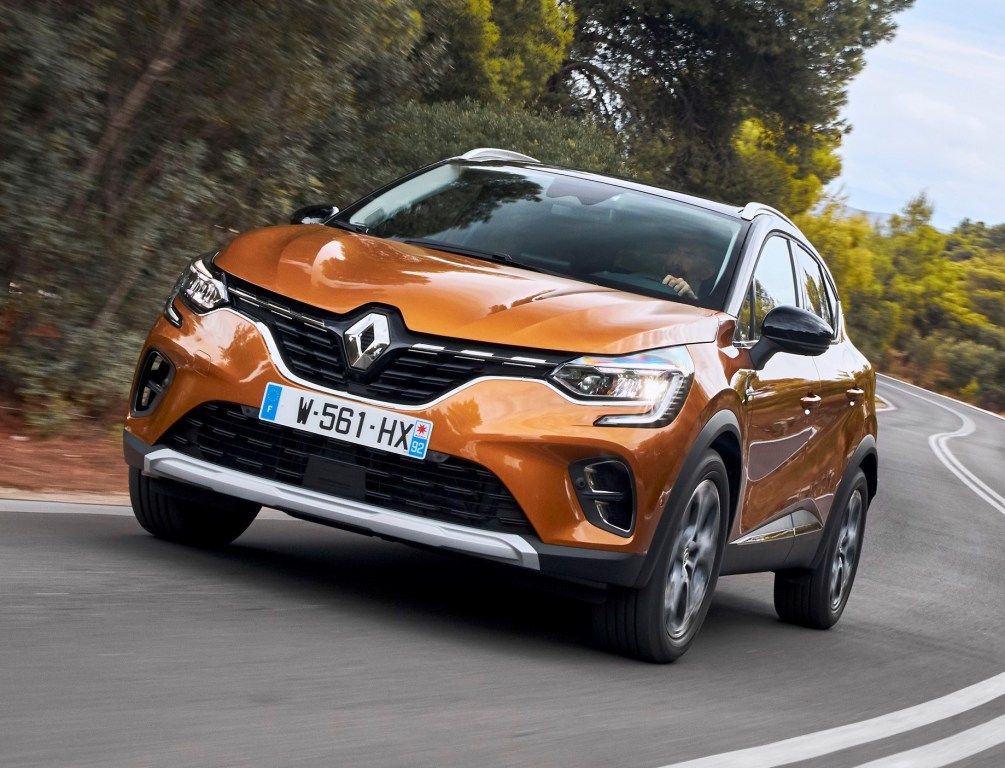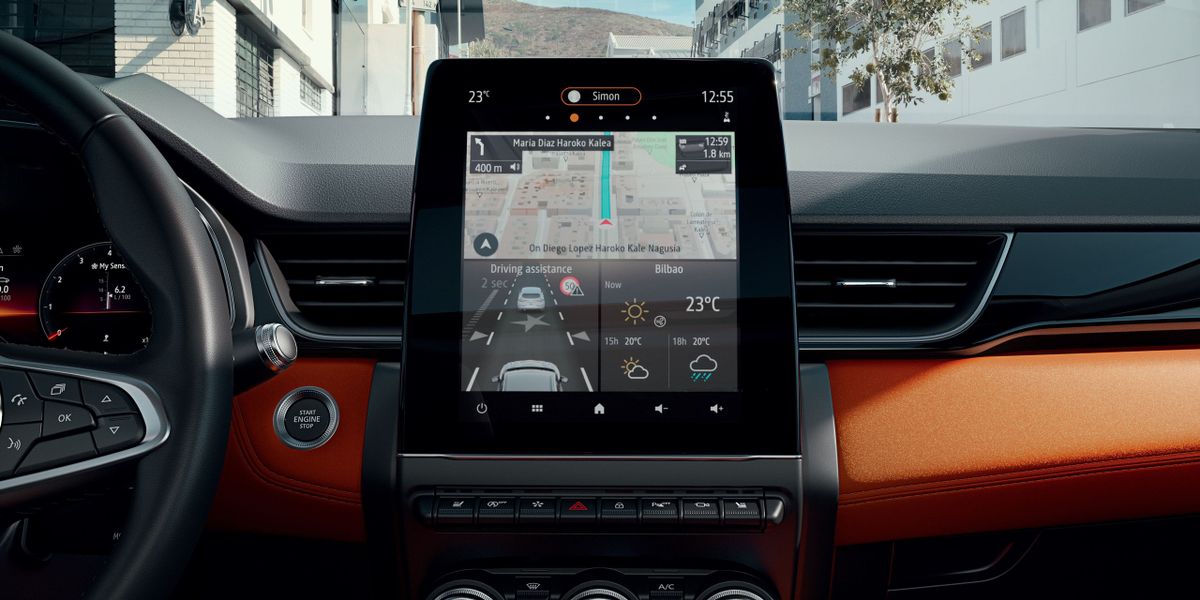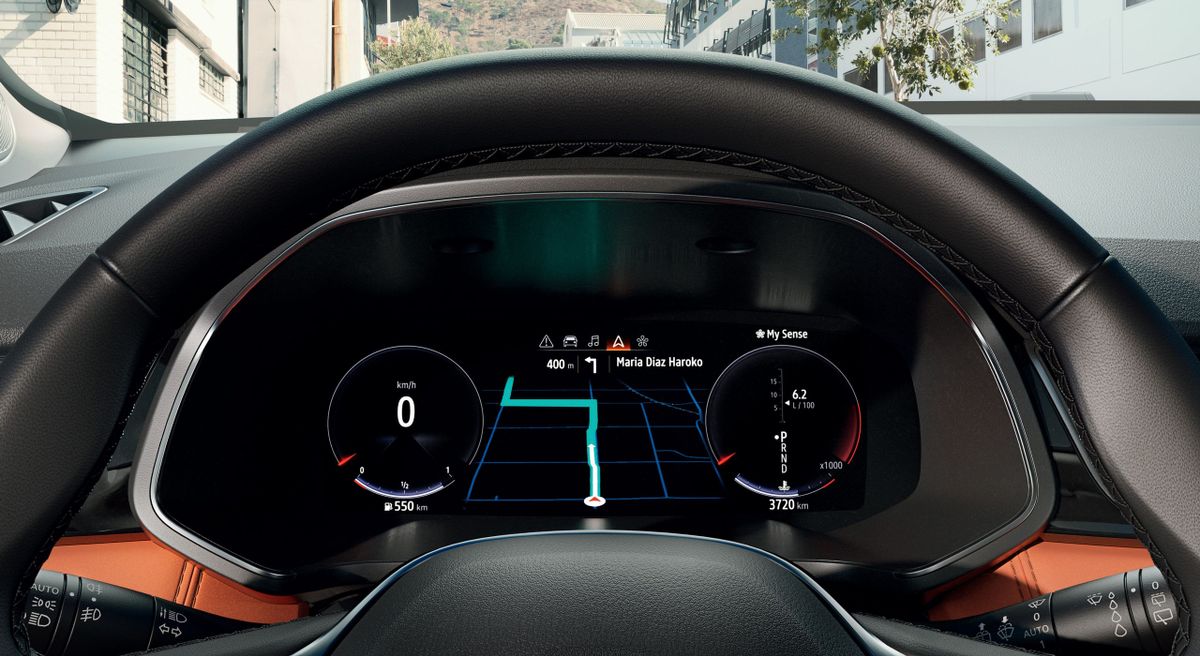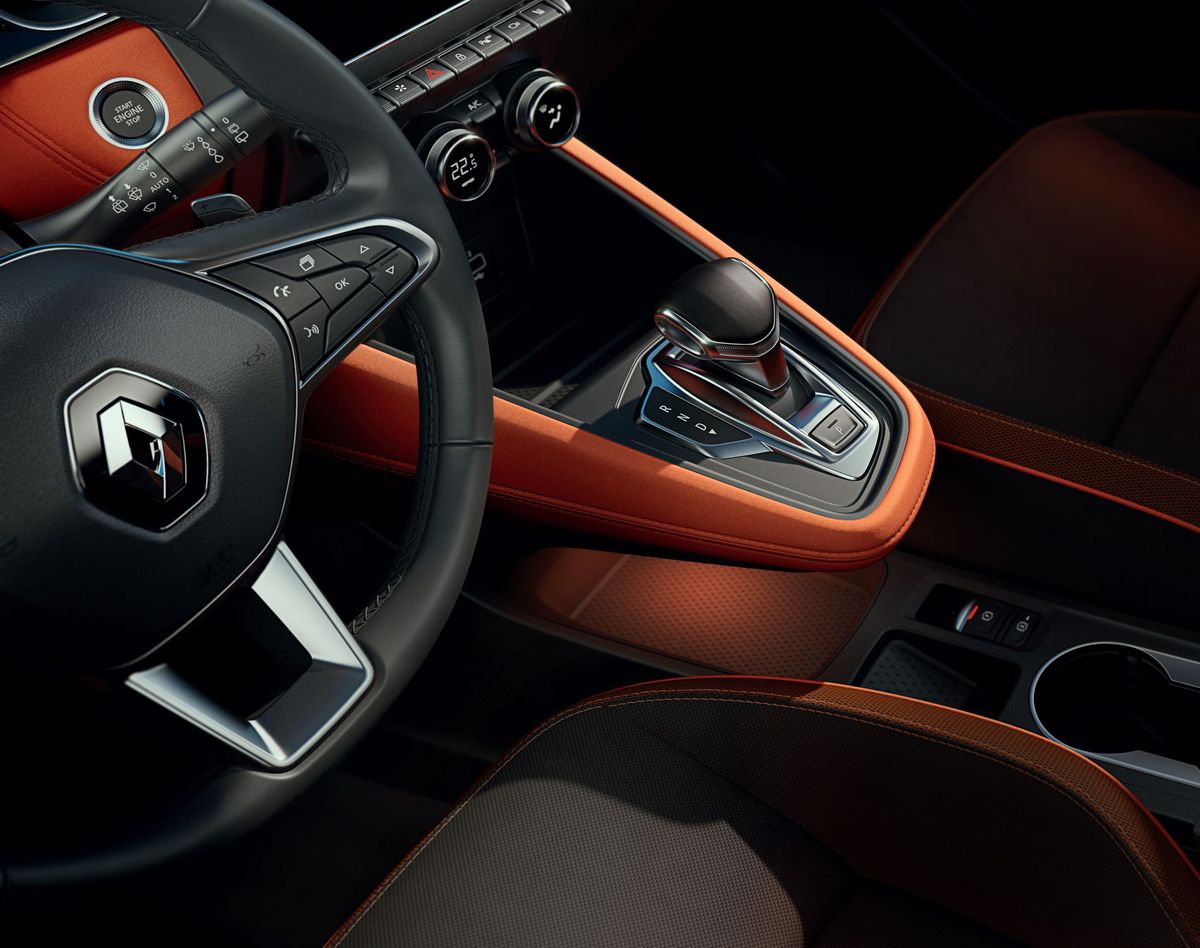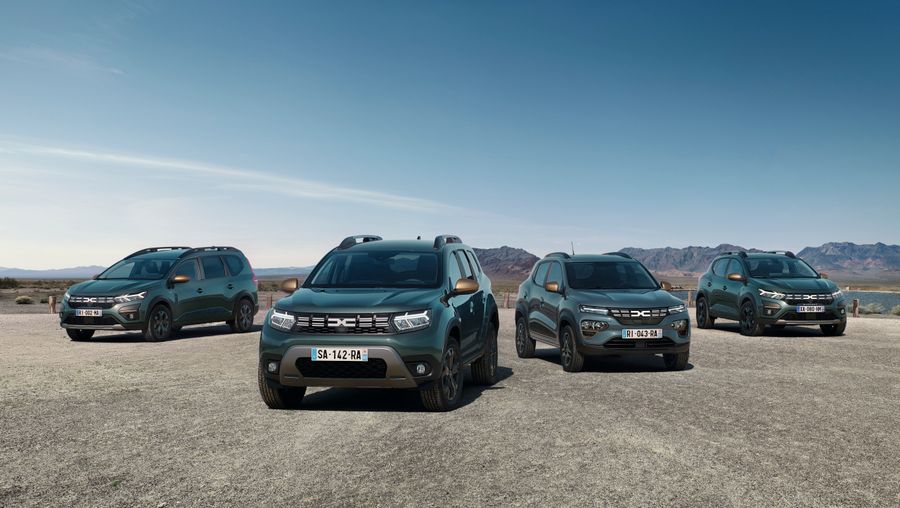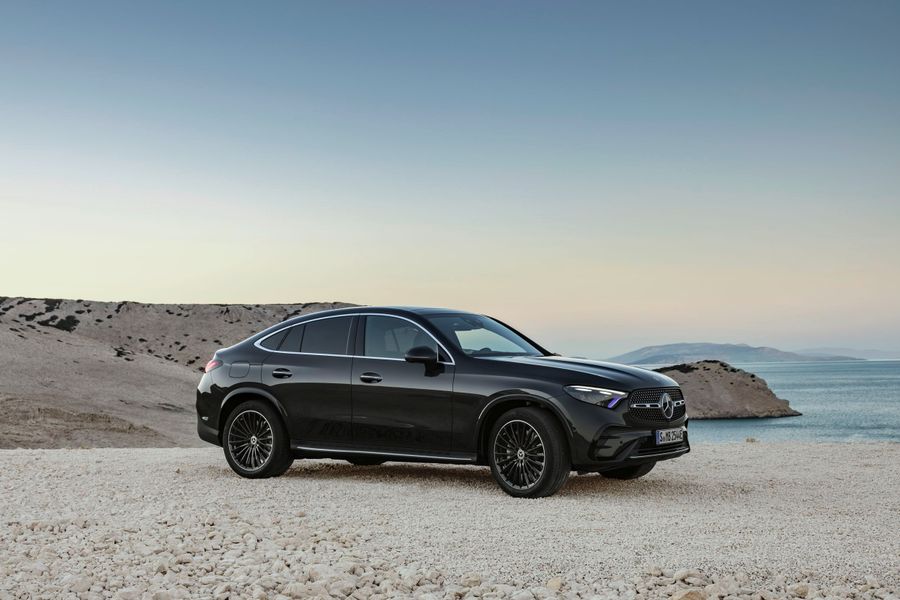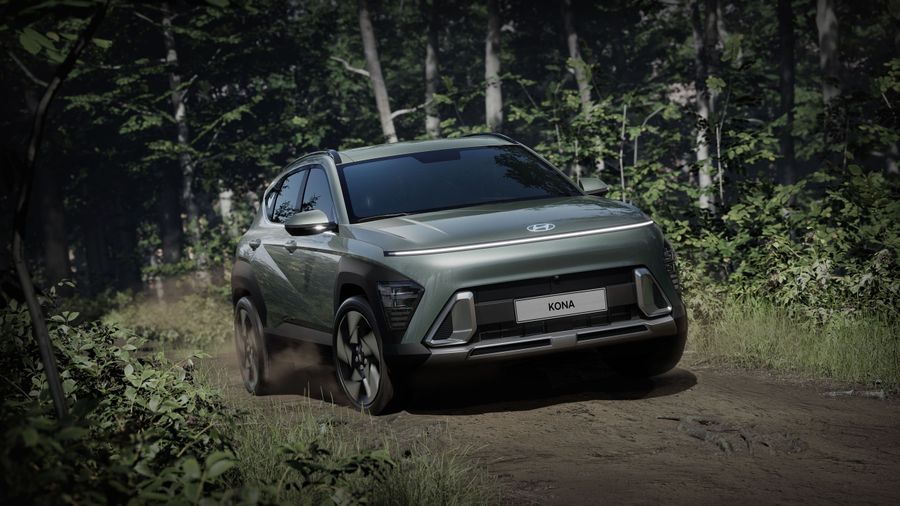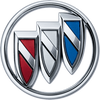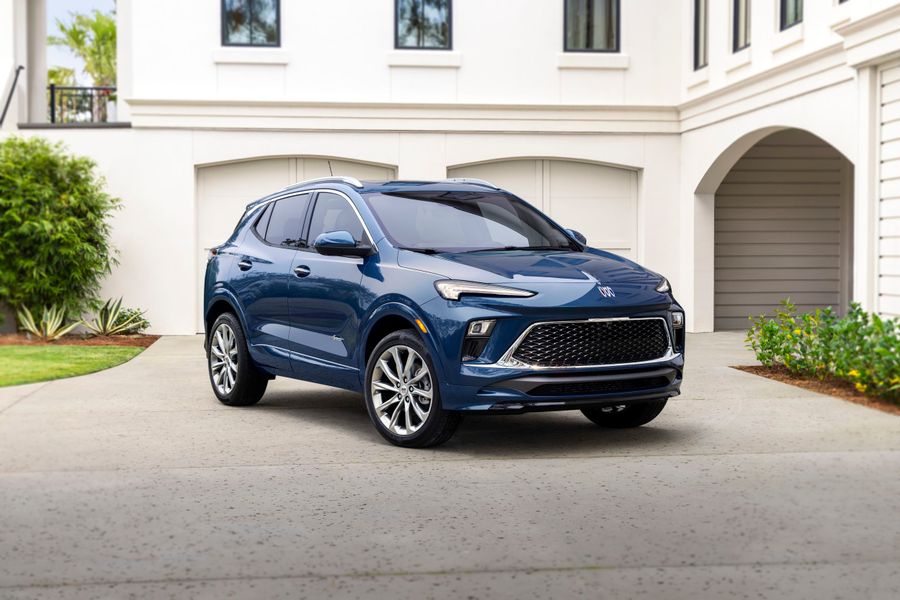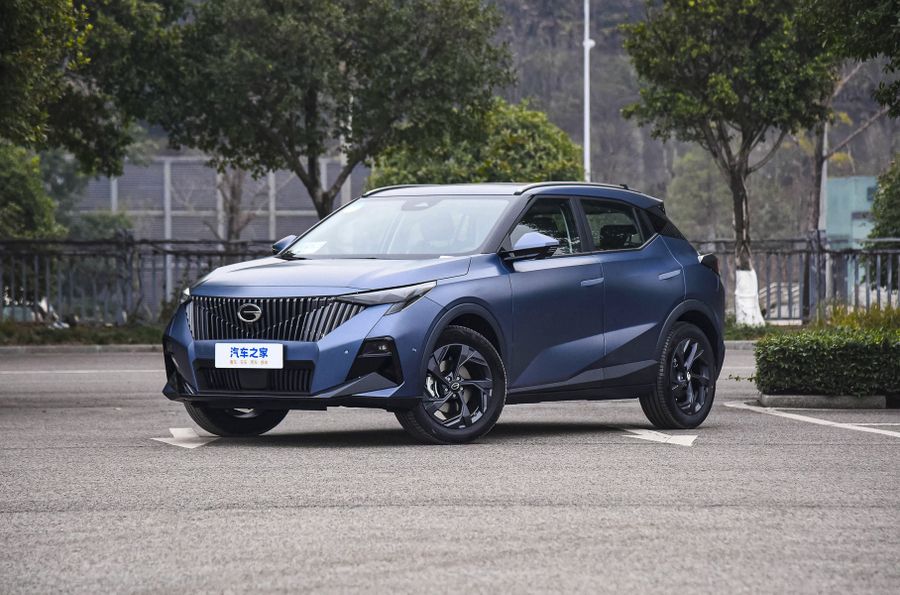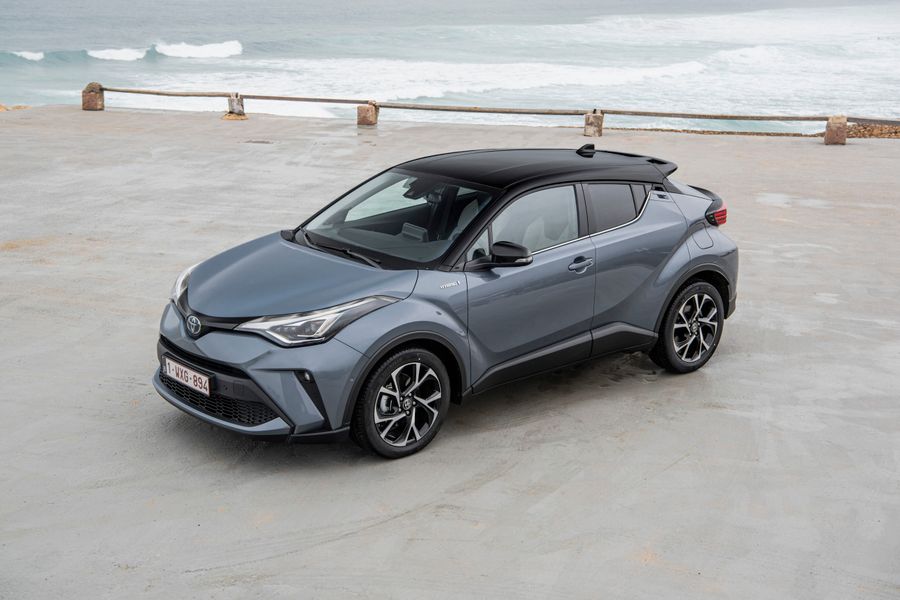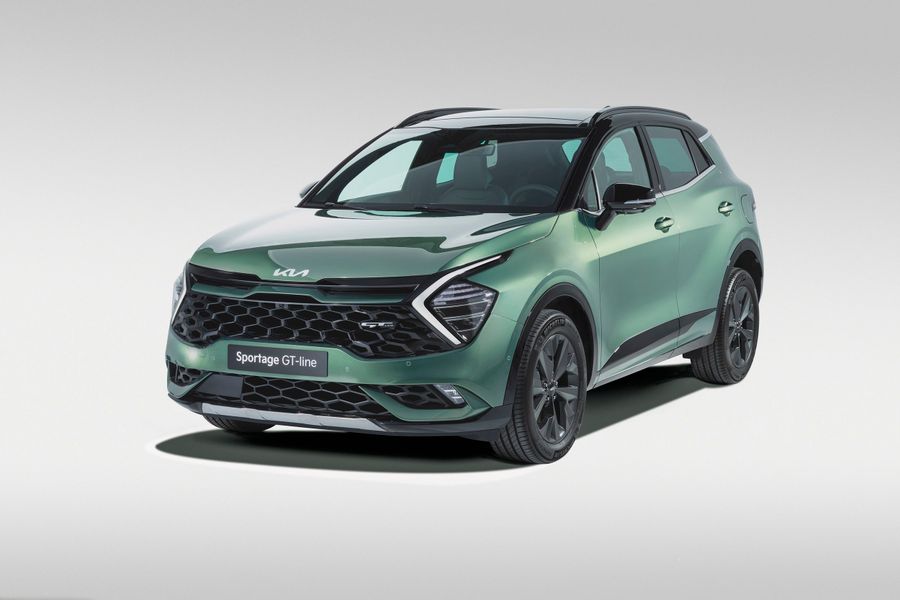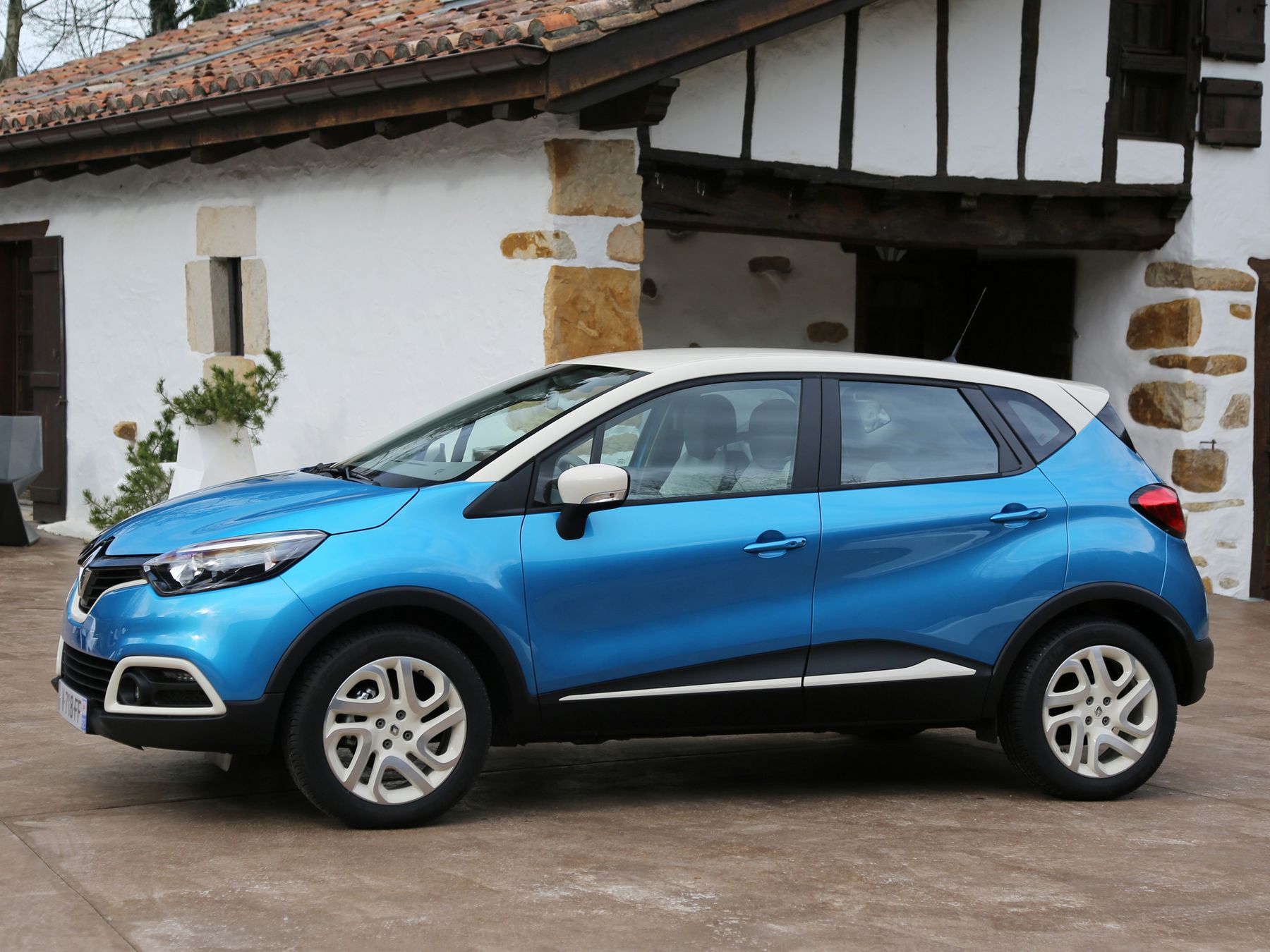
Successful compact car
The Renault Captur is a mini SUV produced by Renault (France) since 2012. It was based on the fourth generation Renault Clio hatchback. The name comes from the French word ‘cap’ that means ‘course’ or ‘direction’. It is also associated with the English word ‘capture’, and in any case invokes the spirit of adventure and discovery.
The first generation
It was produced from 2012 to 2019, and was restyled in 2017. The world premiere of the vehicle took place at the 2013 Geneva Motor Show. The SUV was designed by Laurens van den Acker. The first vehicles went on sale in June 2013 in the UK. Interestingly, Renault introduced a similar vehicle for emerging markets in 2016, but it was based on the B0 platform. The new model differed from the basic model by bigger size and higher ground clearance. The name was changed to Kaptur due to the possibility of mispronunciation.
The exterior of the new SUV corresponded to its name: the body had an expressive relief on the sides, an elongated shape of the front optics, a two-tone color. As conceived by the creators, the Captur needed to look dynamic, but not aggressive. In the rapidly growing segment of compact crossover SUVs, Renault decided to attract buyers with convenience and comfort: a spacious interior (despite the modest dimensions of the vehicle), a command driving position, and a large trunk. The interior is the embodiment of a new Renault’s style related to dashboard, center console and steering wheel design.
The first Captur was distinguished by a spacious interior, a command driving position, and a large trunk.
The vehicle acquired a new R-Link multimedia system with a large display that resembled a tablet computer in terms of its capabilities. Other options also included Bluetooth, a Hi-Fi audio system, a keyless entry function, a hill start assist system, and rear parking sensors. Buyers were attracted by the choice of different color combinations in the interior, as well as the possibility of ordering a roof painted in a color different from the rest of the body.
The first Captur was equipped with eco-friendly engines: a 0.9 liter turbocharged petrol 3-cylinder engine (89 hp) and a 1.5-liter diesel engine. In 2017, the vehicle underwent a restyling, and was sold in this form until the end of 2019. The first generation Captur was a bestseller in its class: since 2013, 1.2 million vehicles have been sold. And in the final 2019 year, 215 thousand vehicles were purchased, bringing Captur to third place in terms of sales. The first two places belonged to larger Nissan Qashqai (233 thousand) and Volkswagen Tiguan (225 thousand).
The second generation
It has been produced from 2019 to the present (as of 2021). The second generation premiered in 2019. Built on the CMF-B platform, the SUV has the following architecture: the McPherson strut at the front and a semi-independent suspension at the rear. Only a front-wheel drive version is available. The second Captur is 85% new components and is very different from its predecessor. It has a new shape of side windows, a more ‘muscular’ front face with LED headlights (as standard), and it is also the first Renault model to feature C-clips of taillights, which soon appeared on all the models in the range. The new Captur has grown considerably. It is 4,228 mm long (instead of 4,122 mm), 1,797 mm wide (instead of 1,778 mm) and 1,566 mm high (which is the same). The wheelbase has increased from 2,606 to 2,639 mm.
Since 80% of the Captur models sold in Europe are two-tone, the developers have added more personalization possibilities: there are now 90 combinations of colors for the body, roof and decorative packages. The interior has 18 color options. It is completely new and features a two-level center console with a selector for semi-automatic transmission on the top and a large tray for small things under it. However, vehicles equipped with a manual transmission do not have this interesting structure.
There are now 90 combinations of colors for the body, roof and decorative packages of the Renault Captur.
The center console is turned towards the driver. You can choose from two sizes of the media system screen (7 or 9.3 inches), as well as from two options for the dashboard (7 or 10.2 inches). For vehicles with a navigator, a large instrument screen is provided by default in order to place a map with prompts on it. The interior comprises caches and trays with a total capacity of 27 liters. The front seat cushions are 15 mm longer and the maximum row spacing was increased by 17 mm. In this case, the rear row can be moved longitudinally by 160 mm, depending on your priority. The maximum trunk capacity has grown by 81 liters and now reaches 536 liters.
The basic 2019/2020 Captur has a new 1.0 TCe turbocharged 3-cylinder engine (100 hp) with a 5-speed manual transmission. This engine also has a gas version. There is also a better 1.3 TCe turbocharged four-cylinder engine with 130 or 155 hp. Plus, there is a 1.5 Blue dCi turbocharged diesel (95 or 115 hp). There is a 6-speed manual transmission or a 7-speed EDC semi-automatic transmission with two clutches. In 2020, the manufacturer introduced a plug-in hybrid, which is the first Renault production model to be powered by an E-Tech powertrain. It consists of a naturally aspirated 1.6 engine and two electric motors, producing 9.8 kW/h, which is enough for 45 km.
The set of options has become wider, including a heated steering wheel, all-round cameras, a Bose audio system and much more. There will also be adaptive cruise control with a lane departure warning system, although you can take your hands off the steering wheel for no more than 13 seconds. Just like in other European Renault models, there is the top-end Initiale Paris trim with genuine leather seat upholstery, 18-inch wheels and chrome decor.


